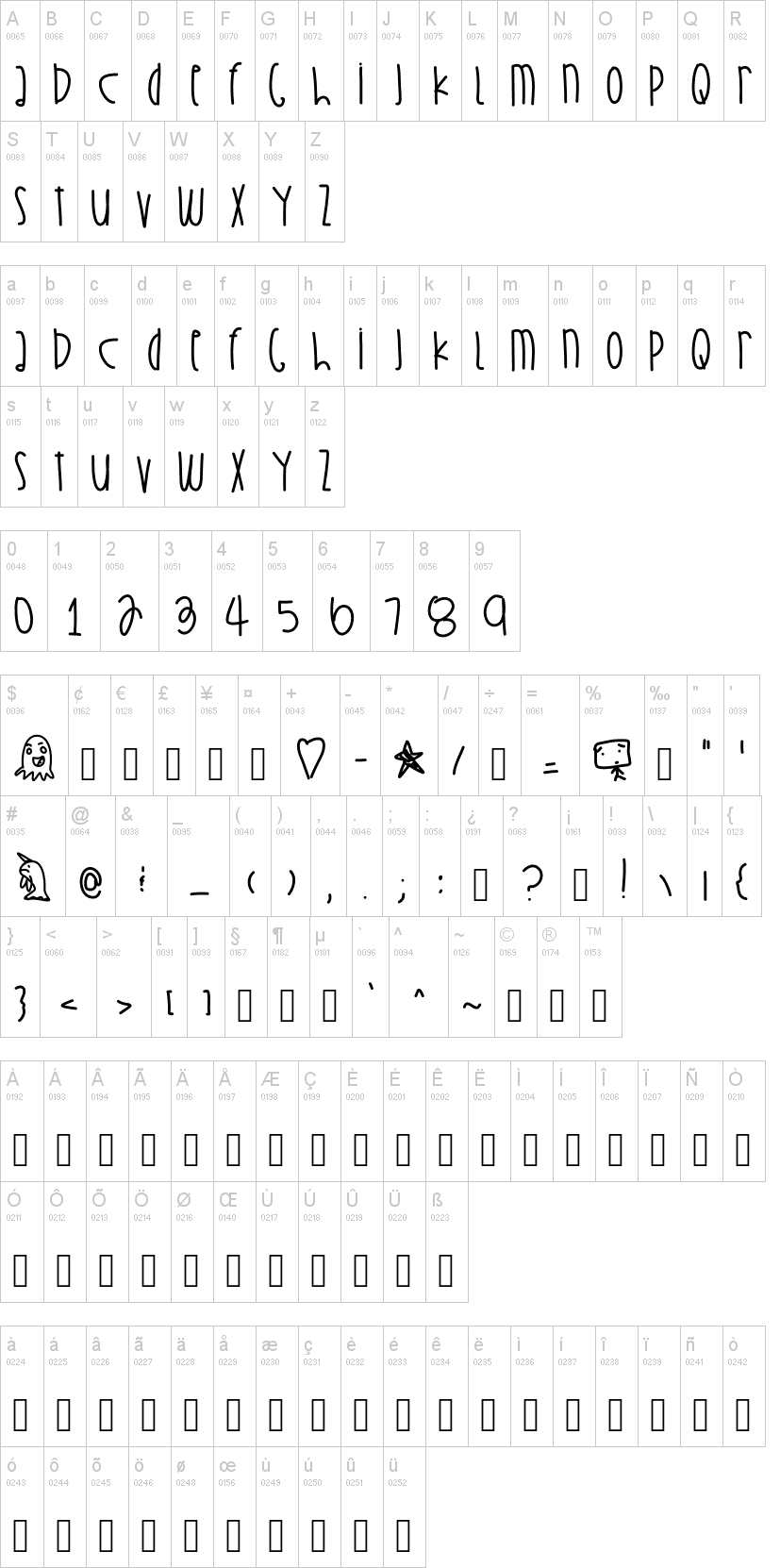What does a UX designer do?
The roles and responsibilities of a UX designer are a mystery for some. We help give you some insight.
Welcome back to another instalment in our educational series on digital careers. Previously, we’ve talked about the roles and responsibilities of web developers, creative directors and social media managers and more.
This time, we’re focusing in on UX designers, also known as User Experience designers. Specifically, what do they do? What does a day, month and career in UX design involve? If you’re a creative, with technical abilities and a deep understanding of how people interact with products, people and brands, then a career in UX could see you shine.
What is UX and how does one design it?
There’s a bit of confusion around what a UX designer actually does. It’s a job title you’re likely hearing more and more of these days, yet because of its newness as a job title in digital, the function of a UX designer may remain a mystery to some, even those who are in the industry.
For the most part, when people think of design, they associate it with graphic design and how a product or website “looks”. As technological capability and our digital interactions develop, it’s become more pertinent to focus on “the feel” of the design, otherwise known as user experience. So, if we break it down, the UX is the experience that a user (i.e. the user of a website or user of a product such as a phone), then the UX design is the process by which a designer tried to determine what that experience will be.
UX design is fundamental to the development of products and services, aiming to make it as useful, usable and enjoyable for users.
Roles and responsibilities of a UX designer
Most UX designers operate on a project-based model, and while there’s no such thing as a typical day, there is a grab bag of techniques UX designers draw from depending on the stage of the project.
Many UX designers work in digital and might be building websites and apps, with their responsibilities looking a little something like this:
Product research
This includes user and market research and is a crucial starting point for a UX designer to understand a user’s behaviours, goals motivations and needs. It’s a great time to identify any opportunities and helps the designer to prioritise various aspects of the website or app. They can find out this information by collecting and dissecting data via interviews, competitive analysis, online surveys, in-depth research and journals and focus groups.
Creating personas
Based on the data collected, UX designers can begin to create user personas. This is a fictitious identity that reflects the intended user of the website or app.
User/Scenario flow
User flow refers to mapping the path a user can take through your website or app. This ultimate goal is to reduce the number of steps they need to take to achieve their user goal. The user flow will help to dictate information architecture.
Wire frames
A wireframe is a step before design. In a nutshell, it is a low fidelity representation of a design and a key deliverable for helping stakeholders visualise the final design.
Prototyping and testing, testing and more testing
A UX designers work is never complete once the design has been finalised. Through a prototype, a UX designer can perform user testing with stakeholders and users to observe their behaviour.
Opportunities for UX designers
Many digital User Experience designers start out as graphic designers and transition to UX as they gain more experience. However, many universities are now offering User Experience Design as a major course.
Prospects for designers are strong in Australia with 10,000 to 25,000 design related jobs openings expected over the next five years.
Want a career in digital or are keen to learn what a digital agency can do for you? Get in contact with the Brisbane web design team at iFactory today or check out our blog series on careers in digital.

